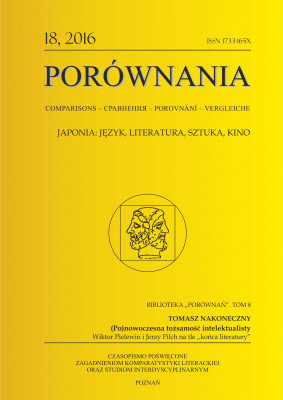On the border of realism: woman and womanhood in the Japanese theatre
The European style modern theatre (shinpa, shingeki) started to emerge in Japan in the second half of the nineteenth century. However, its initiators not only could not draw on the Japanese performing tradition, they also had no specific knowledge of how the western theatre should look like. It was impossible for the Japanese to gain such familiarity with this subject: from the second half of the sixth century onward Japan remained under a strong influence of the Chinese civilization and for over two hundred and fifty years (1600-1868) was isolated from the rest of the world. For these reasons, the Japanese lingered in a world of conviction that the performing arts were only the men’s domain. The Pionieers (Kawakami Otojirō, Osanai Kaoru, Ichikawa Sadanji II, Shimamura Hōgetsu) were creating the new performing art from the very beginning, relying mainly on intuition, somewhat awkwardly, but with passion and determination against different obstacles. They opened the door to the new Japanese drama, directing, acting; they welcomed to the stage the first professional actresses (Chitose Beiha, Hanako, Sada Yakko, Matsui Sumako) and left on the Japanese theatre nō, kyōgen or kabuki a foreign mark of realism.
| Article Title | Type | Size |
|---|---|---|
| 12 Estera Zeromska | [pdf] | [362 KB] |
